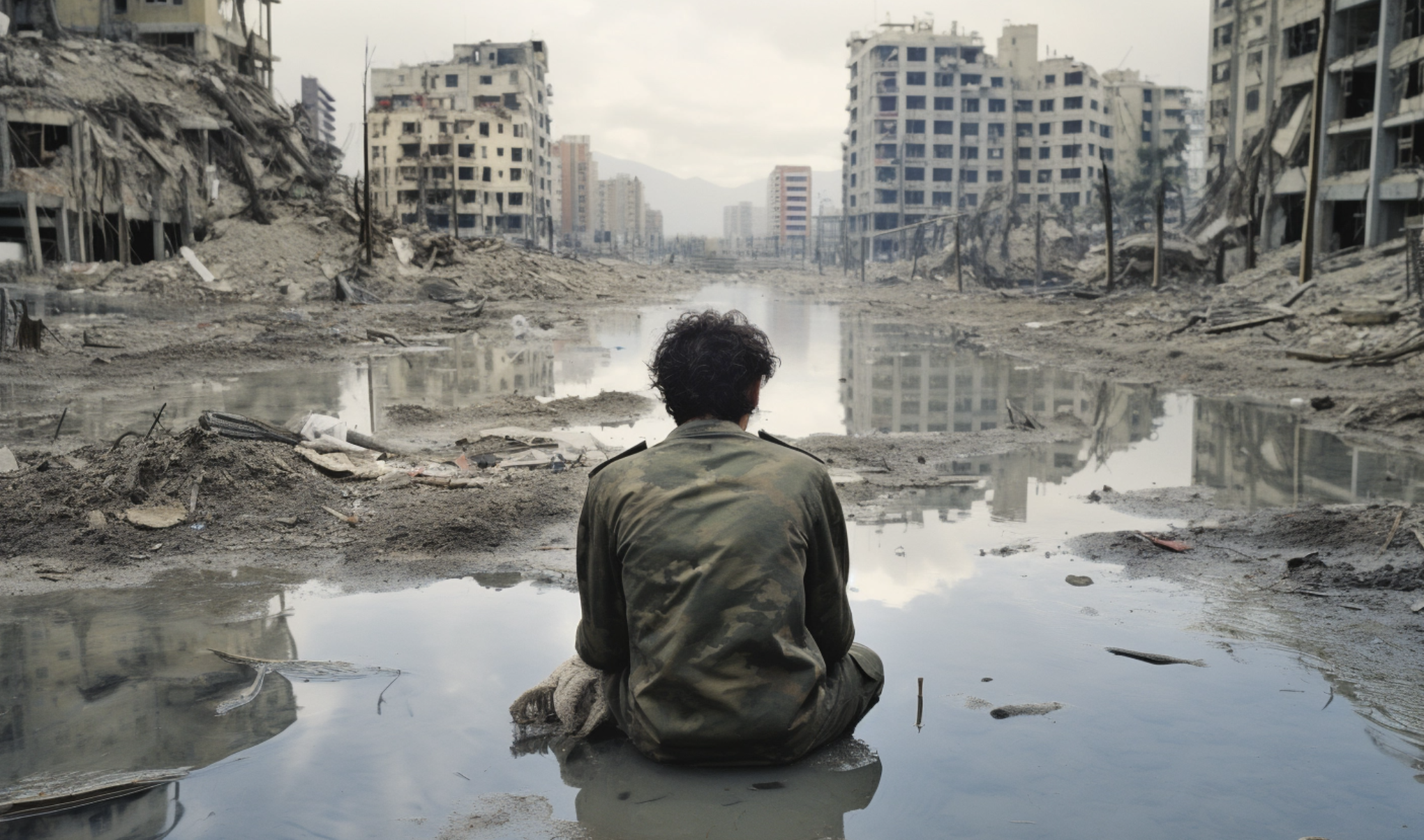Cambodia and Lao PDR Strengthen Early Warning Systems to Save Lives, Livelihoods
The CREWS Cambodia and Lao PDR project emphasized multilevel coordination — integrating regional, national, and local actors, and bridging science, policy, and grassroots preparedness.

A groundbreaking four-year initiative has significantly enhanced early warning capabilities in Cambodia and the Lao People’s Democratic Republic (PDR), bringing critical improvements to disaster preparedness and response for some of Southeast Asia’s most vulnerable communities. The US$5.5 million project, titled “Reinforcing the Capacities of Meteorological and Hydrological Services and Enhancing Early Warning Systems,” was led by the World Meteorological Organization (WMO) in collaboration with key partners and has laid a strong foundation for inclusive, sustainable, and people-centered early warning infrastructure.
Addressing Critical Gaps in Disaster Preparedness
Situated within the flood-prone Lower Mekong Basin, Cambodia and Lao PDR are no strangers to natural hazards. Their economies and populations are highly exposed to a wide array of hydrometeorological threats, including floods, droughts, storms, and landslides. These recurring disasters pose significant risks to life and property, and disproportionately affect rural, agrarian communities where livelihoods depend heavily on weather-sensitive sectors like agriculture and water resources.
Recognizing the pressing need to build resilient and inclusive early warning systems, the 2020 Multi-Hazard Early Warning Systems (MHEWS) assessments, conducted by WMO and the Regional Integrated Multi-Hazard Early Warning System for Africa and Asia (RIMES), identified major institutional, technological, and community-level gaps in the two countries. The CREWS-funded project, which ran from 2020 to 2024, was developed in direct response to these findings.
A Collaborative Model for Resilience
The project was spearheaded by WMO in partnership with the World Bank’s Global Facility for Disaster Risk Reduction (GFDRR), the United Nations Office for Disaster Risk Reduction (UNDRR), and national agencies from both countries. Funded by the Climate Risk and Early Warning Systems (CREWS) Initiative, the effort also aligned with the global Early Warnings for All Initiative, which aims to ensure every person on Earth is protected by an early warning system by 2027.
The CREWS Cambodia and Lao PDR project emphasized multilevel coordination — integrating regional, national, and local actors, and bridging science, policy, and grassroots preparedness.
Major Achievements
1. Enhanced Forecasting Capabilities
Cambodia’s National Meteorological Service can now forecast floods with greater accuracy up to five days in advance — a dramatic improvement from the past. Lao PDR similarly benefited from the establishment of an impact-based flood forecasting system to help communities anticipate and respond to disasters proactively.
2. Community-Based Preparedness
In Southern Lao PDR and several regions in Cambodia, local communities were actively involved in developing flood risk maps, evacuation plans, and community standard operating procedures. These grassroots interventions focused particularly on the needs of vulnerable populations including women, children, and persons with disabilities.
3. Strategic Planning and Governance
Both nations have made tangible progress in disaster risk governance. Cambodia and Lao PDR now have dedicated Drought Management and Integrated Water Resources Management (IWRM) plans — crucial strategic documents for long-term resilience.
4. Gender and Vulnerability Integration
The project adopted a gender-responsive approach, ensuring the inclusion of women and marginalized groups throughout the Early Warning and Early Action (EW-EA) value chain. This included perception surveys on weather forecasts and warnings in Lao PDR to better tailor services to local needs.
5. Seasonal Forecasting for Climate Resilience
The National Meteorological and Hydrological Services (NMHSs) in both countries significantly improved their seasonal-to-subseasonal forecasting capabilities. This is particularly important for the agricultural sector, which relies on timely and accurate climate data for planting and harvesting decisions.
Voices from the Ground
“Before CREWS we struggled to develop detailed forecasts for flood events,” said Her Excellency Seth Vannareth, Advisor to the Minister of Water Resources and Meteorology in Cambodia. “Now that we are equipped with and trained on the new tools, we can forecast floods with better accuracy. This is critical, as floods are Cambodia’s most frequent hazard.”
Local communities echoed this sentiment, highlighting increased trust in early warnings and a better understanding of how to respond to alerts — something that was previously lacking.
A New Phase: Building on Success
In July 2025, the CREWS Initiative’s steering committee approved a new four-year, US$7.8 million follow-up project in the region, set to begin in late 2025. The new phase, again led by WMO and UNDRR, is strongly aligned with the Early Warnings for All framework and aims to build even more robust, inclusive, and technology-enabled early warning systems.
Key components of the new project include:
-
Prioritized national and local MHEWS systems with sustainable funding
-
Enhanced service delivery and accessibility of warning information
-
Stronger disaster risk monitoring and forecasting capabilities
-
Improved dissemination systems focused on last-mile connectivity
-
Gender-responsive, people-centered approaches and private sector engagement
This next phase represents a scaling-up of efforts and a strategic opportunity to entrench disaster resilience across national policies, institutions, and communities.
A Model for Regional Replication
The CREWS project in Cambodia and Lao PDR demonstrates how effective coordination among governments, international organizations, and communities can transform disaster risk management. By prioritizing local voices, enhancing scientific capacity, and integrating vulnerable populations into planning, the initiative sets a model for future early warning systems across Southeast Asia and beyond.
With climate change increasing the frequency and severity of weather-related hazards, early warnings that are timely, trusted, and accessible to all will remain the first line of defense in saving lives and livelihoods.










